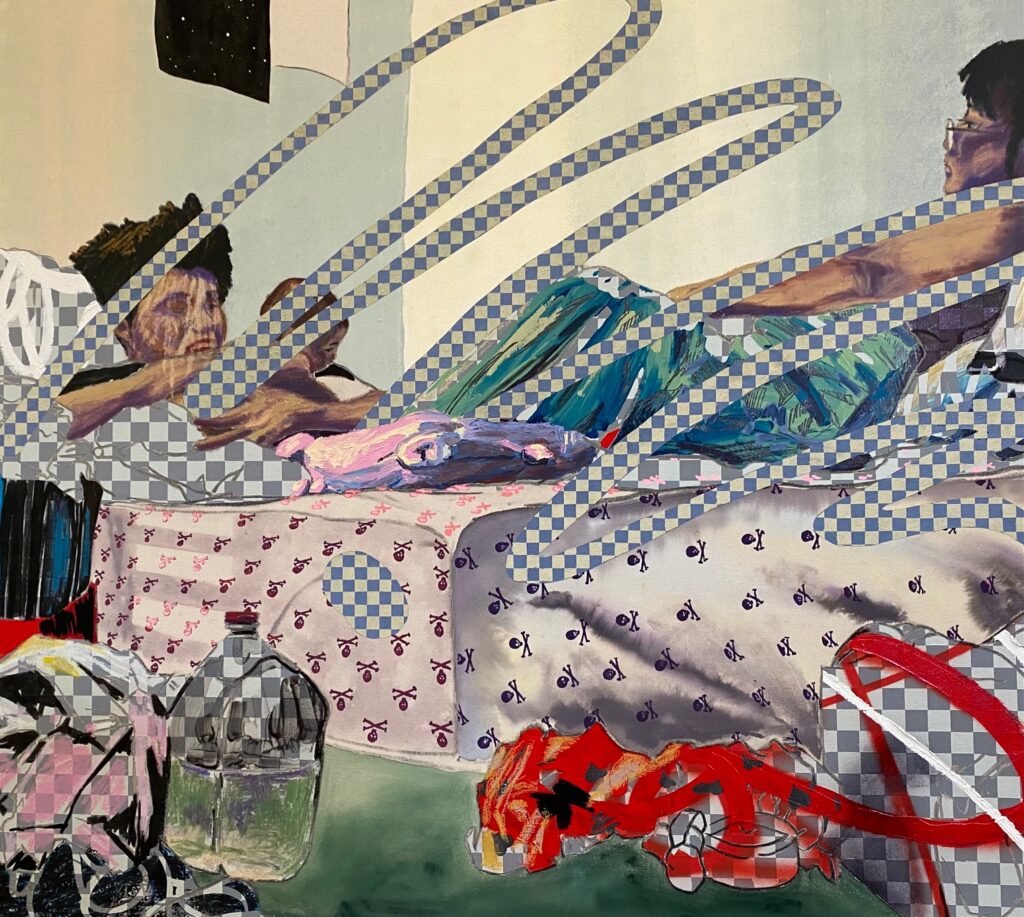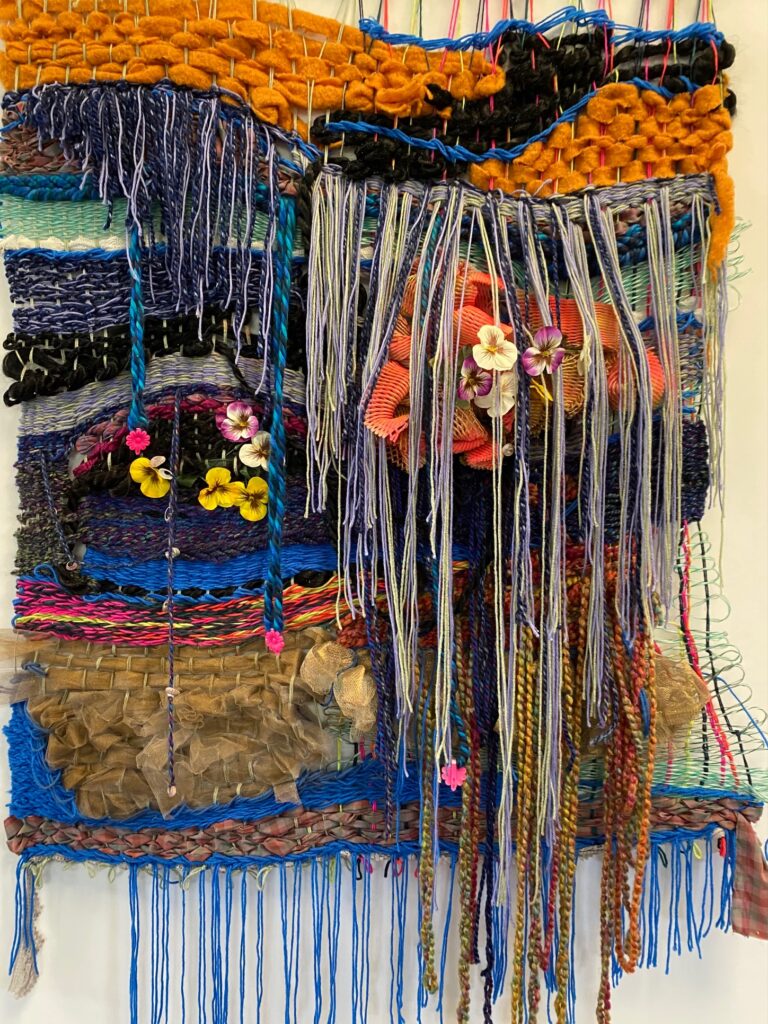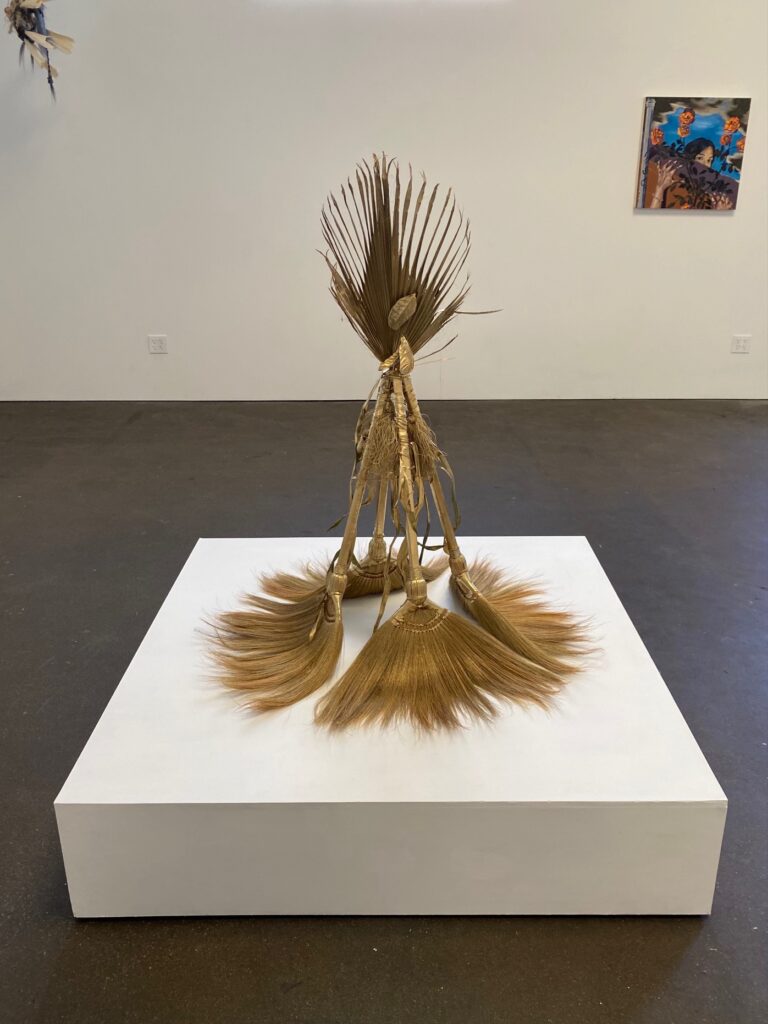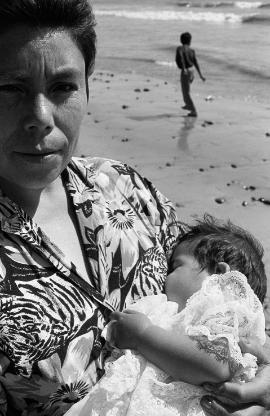
Opening July 24th at the Palos Verdes Arts Center in Rancho Palos Verdes, the work of San Pedro-based photographic artist Annie Appel is raw and personal, a riveting and deep dive into the lives of a family she encountered in Mexico.
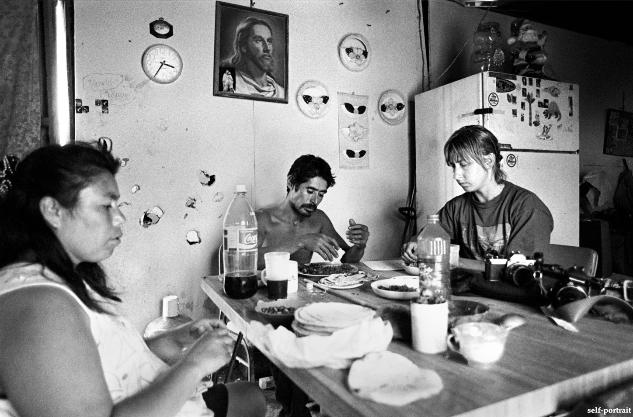
The exhibition, Annie Appel: The Mexico Journeys – Carmelita focuses on just one of a vast cast of family Appel documented. Her work is poignant and gracefully created, with images that pull the viewer into the lives of the family she depicts, much as Appel herself was compelled to be a part of their lives over the years.
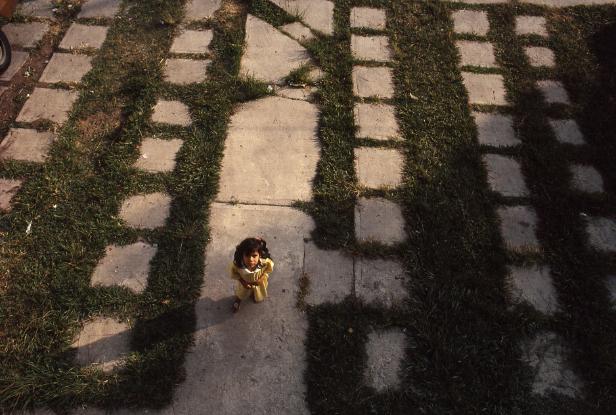
The project began in Baja, Mexico in the summer of 1994, when Appel had a chance encounter with Maria, the pregnant mother of two young daughters on her way to take lunch to her husband. Appel offered drawing materials for the children and was invited to lunch; from this meeting grew a more-than-completed promise Appel made to herself to follow and document the family for ten years. This commitment grew to span two decades and 23 visits, over the course of which she created a richly involving story told through her photographic images and a journal she kept describing the visits and her feelings about them.

The full project began with the maternal figure of Maria, whom Appel first met, then married to a brick maker and layer, Jaime. The current exhibition at PVAC focuses on one of Maria’s daughter’s, Carmelita, now fully grown into an independent young woman.
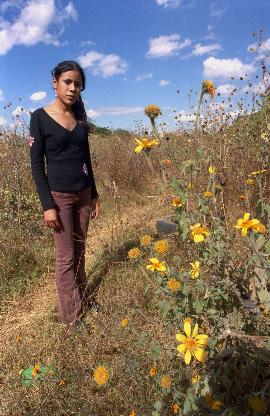
Appel says she’d most like viewers of this heartfelt, moving project to “imagine what it would feel like be in a similar situation – from the perspective of the family members, and from the perspective of the documentarian.”
Fully engaged with and respectful of the family she depicts, Appel shares her “slow but steady steps towards completion of The Mexico Journeys. Each trip, I take each family member a package of 5×7 prints — meaning, if I make a classic portrait of María, I include a copy of that portrait in each of the 5 packets for her children, and now for her grandchildren, so they each have their own print of María.”
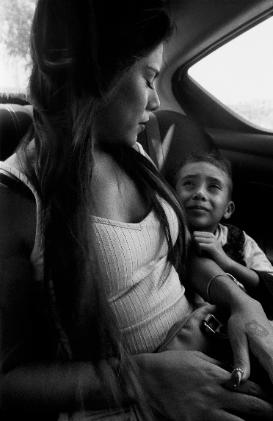
According to Appel “I learned early on that most of the family is interested in the more traditional formal portraits, and far less interested in a beautifully composed image of María hanging laundry on the line to dry, even if the colors and light and angles are all working together to make a poetic image. ‘Why would you take a photo of me doing laundry?’ María asked [me].”
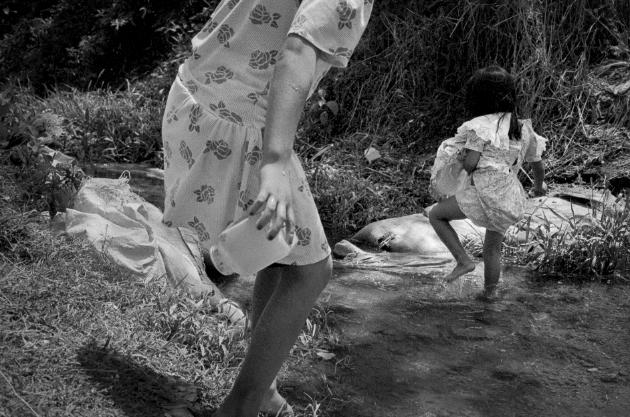
Appel’s driving force, one that keeps her working on this on-going, voluminous project is to fulfill the promise she made to herself to reveal this family’s universal humanity and intimate experiences. This in turn ties into an earlier personal promise she made which she reveals was, “to combine whatever gifts or talent I was given with my love of the medium. Photography gives us the past history of the world, the best and worst acts of humanity. It rescues memory from the clutches of mortality.”
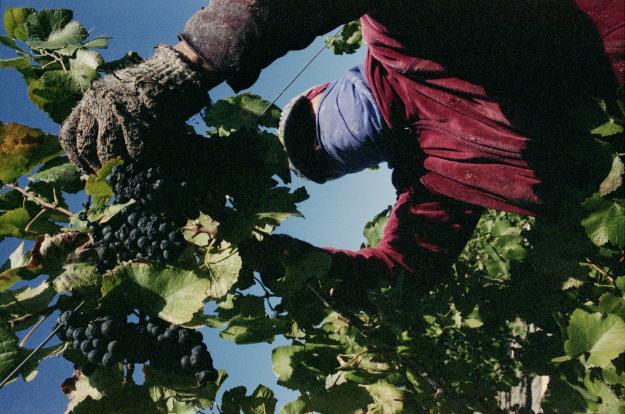
Indeed, the exhibition offers a truly experiential series of photographic artworks, which cannot help but affect the viewer – certainly they pull at both the eye with their precise and elegant composition, and the heart, with the richness and touching intimacy of the depictions. Appel notes “The experiences I had shooting the work are still alive in the conscious and subconscious of my oeuvre. The images that I took are alive and continually changing in my mind, because I have the ability to reorder time and events.”
She is working toward completing a book of this massive series of work, writing, editing, scanning film and printing to that end. While she is no longer photographing the family, she’s still in contact with them.
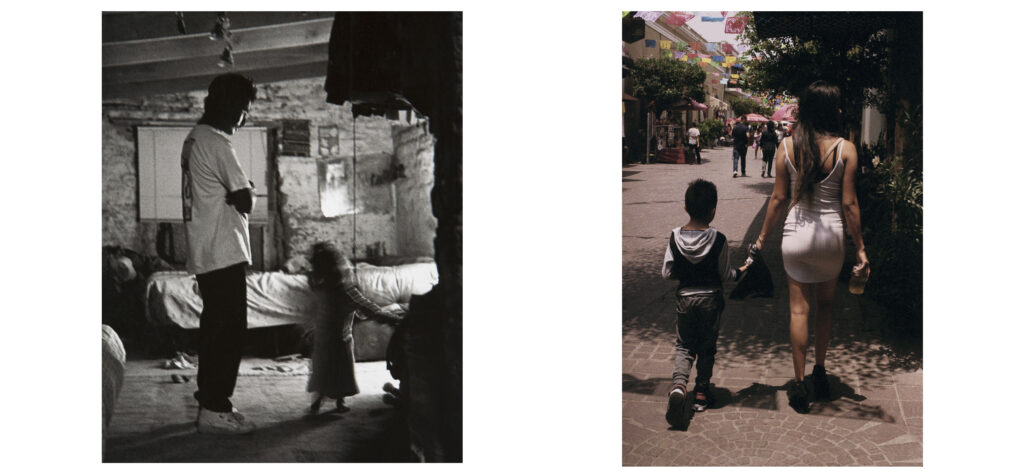
While documentary in intent, her photographic approach goes beyond this, as an evocation of life in all its uneven disparities, joys and messes. “When people ask me what I photograph, I explain to them that I mostly feel driven to pick up my camera to photograph those whom I care for. Most often, the response either deepens the conversation, or ends the conversation,” she says.
In a way, this long-term project is like a visual version of a classic, multi-character novel, one that spans many years, like something from Dickens or Steinbeck. Appel asserts that her images indeed “tell a narrative, and the story moves forward in time. The impact of the images is wholly dependent upon time.”

With other projects that include work on artist Keith Haring, depictions the reveal the topic of gratitude, and covering, in her signature heartfelt way the Occupy Movement through her photo essay “The Occupy Portraits,” Appel creates unique, visceral photographic work that records emotional history as well as its physical embodiment.
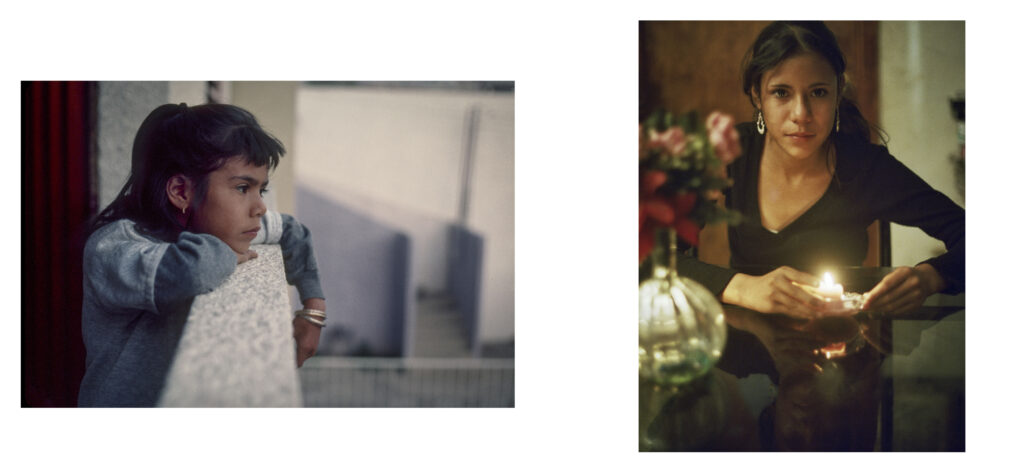
With this iteration of The Mexico Journeys, the Palos Verdes Art Center gallery exhibit will feature, along with other works, the installation of three 4 x 6-foot photo murals, and one 10 x 4-foot photo mural, printed at the photo lab Appel has recently opened in San Pedro.
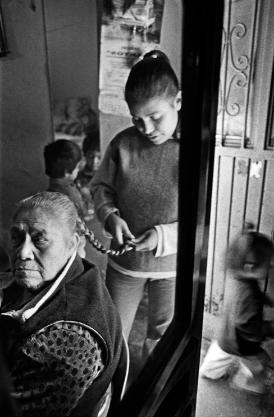
The exhibition coincides with the 90th year of the Palos Verdes Arts Center.
Annie Appel: The Mexico Journeys – Carmelita opens July 24th 6 – 9 p.m. at PVAC, located at 5504 Crestridge Rd, Rancho Palos Verdes, just off Crenshaw Boulevard; take the 110 freeway south from DTLA.
- Genie Davis; photos provided by the artist






